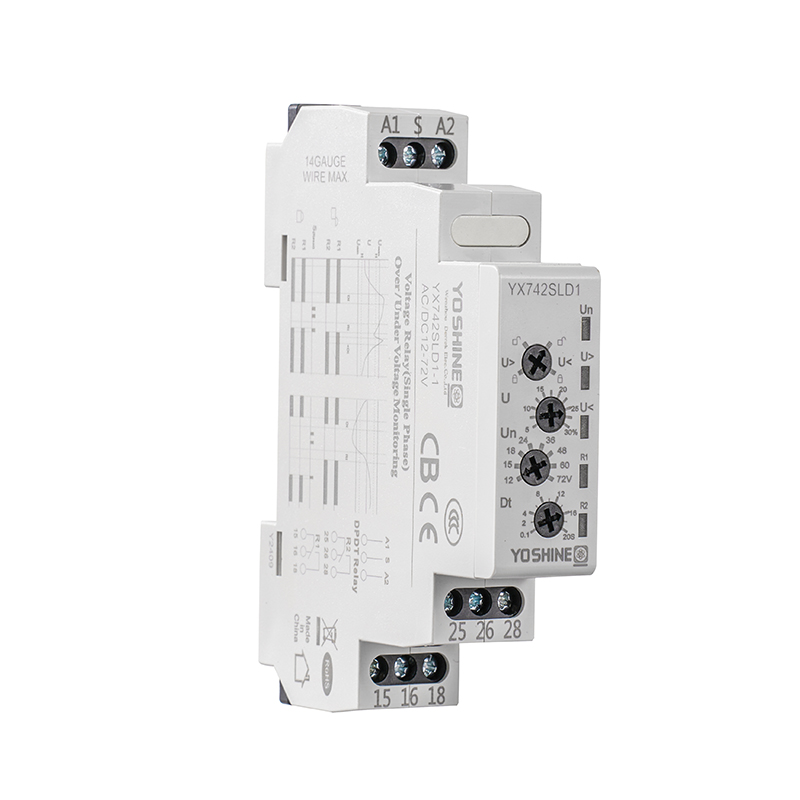
In the complex world of industrial automation and power distribution, ensuring the proper functioning of electrical systems is crucial for both safety and efficiency. One of the key tools in this endeavor is the phase sequence monitor, a device designed to detect and correct phase sequence errors in three-phase electrical systems.
The operation of three-phase motors relies on the correct phase sequence of the incoming power supply. An incorrect phase sequence can cause a range of problems, from reduced efficiency to motor burnout. Phase sequence monitors are indispensable in identifying these errors before they result in costly damages. These monitors work by comparing the phase angles of the three incoming lines and determining if they are in the correct order.
When a phase sequence monitor detects an incorrect sequence, it can trigger a relay or a similar device to stop the motor from starting or, in some cases, shut it down if it is already running. This immediate action is critical in preventing the motor from operating under incorrect phase conditions, which can cause severe mechanical stress and thermal damage. The ability of a phase sequence monitor to prevent these issues is a testament to its importance in maintaining the health of electrical systems.
One of the primary reasons phase sequence monitors are so effective is their ability to provide real-time monitoring. Continuous monitoring allows for immediate detection of any phase sequence discrepancies, which can be caused by a variety of factors, including wiring errors, equipment malfunctions, or even external events such as power outages. By addressing these issues as they occur, phase sequence monitors help to reduce downtime and the associated costs.
In addition to preventing immediate damage to motors, phase sequence monitors also contribute to the long-term reliability of electrical systems. By ensuring that motors operate under the correct phase conditions, these monitors help to extend the lifespan of motor components and reduce the frequency of maintenance. This is particularly important in industries where the cost of motor failure can be significant, both in terms of direct repair costs and the indirect costs associated with lost production.
Phase sequence monitors are also valuable in scenarios where multiple motors are connected to the same power supply. In such cases, a phase sequence error in one motor can affect the performance of others, potentially causing a cascade of failures. By detecting and correcting these errors, phase sequence monitors help to maintain the stability of the entire system.
Another advantage of phase sequence monitors is their compatibility with various types of three-phase systems. Whether the system is star-connected, delta-connected, or a hybrid of both, phase sequence monitors can be configured to ensure proper operation. This versatility makes them a valuable tool for a wide range of applications, from small-scale industrial processes to large-scale power distribution networks.
In conclusion, phase sequence monitors are essential components in the arsenal of tools used to maintain the health and efficiency of electrical systems. Their ability to detect and correct phase sequence errors is instrumental in preventing motor failures and damages. By ensuring that motors operate under the correct phase conditions, these monitors contribute to the reliability and longevity of electrical systems, ultimately safeguarding the operations of industries that rely on them.